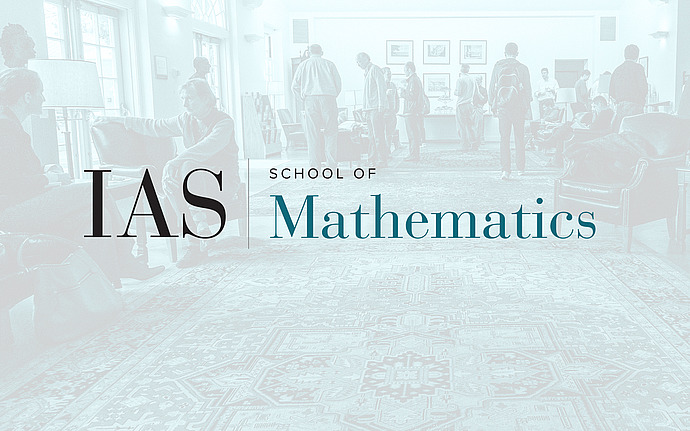
Members’ Seminar
Isoperimetric and Concentration Inequalities, and Their Applications
The classical isoperimetric inequality in Euclidean space asserts that among all sets of given Lebesgue measure; the Euclidean ball minimizes surface area. Using a suitable generalization of surface area, isoperimetric inequalities may be investigated on general metric spaces equipped with a measure. A prime example is that of Euclidean space equipped with the standard Gaussian measure, in which case a classical result of Sudakov--Tsirelson and Borell asserts that minimizers of Gaussian boundary measure are given by half-spaces. One important reason for studying isoperimetric inequalities is that they easily imply concentration inequalities, which are very useful in applications. The latter do not provide infinitesimal information on boundary measure of sets, but are rather concerned with large-deviation information, bounding above the measure of sets separated from sets having half the total measure, as a function of their mutual distance in the large. In the case of a Gaussian measure for instance, the decay is like $\exp(-d^2/2)$, where $d$ is the mutual distance. In general, concentration inequalities cannot imply back isoperimetric inequalities. We will show that under a suitable (possibly negative) lower bound on an appropriate curvature tensor (combining information from both the geometry of the space and the associated measure), completely general concentration inequalities imply back their isoperimetric counterparts, up to dimension independent bounds, which is crucial for applications. Contrary to previous attempts which could only produce dimension dependent bounds, our method is entirely geometric, following the approach set forth by M. Gromov and recently adapted by F. Morgan, which combines volume comparison theorems from Riemannian Geometry with results from Geometric Measure Theory on the existence and regularity of isoperimetric minimizers. We will set aside time to go over some applications of this result, ranging from Spectral Geometry to Statistical Mechanics. These include dimension independent bounds on the first non-trivial eigenvalue of the (Neumann) Laplacian and the log-Sobolev constant on compact manifolds-with-density, and dimension independent stability results for the Poincar\'e and log-Sobolev inequalities under harsh perturbations of the underlying measure. The talk will be self contained and intended for a general Mathematical audience.